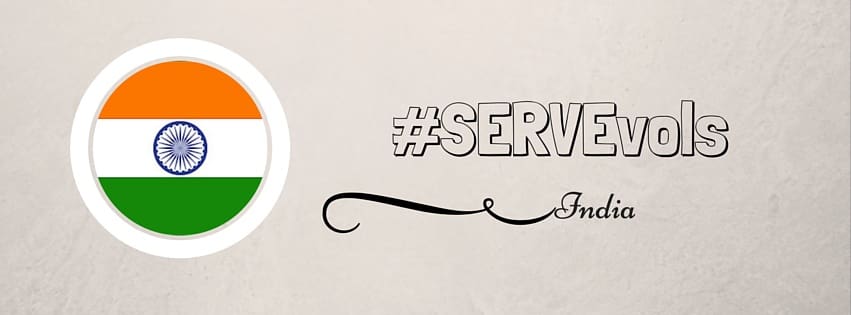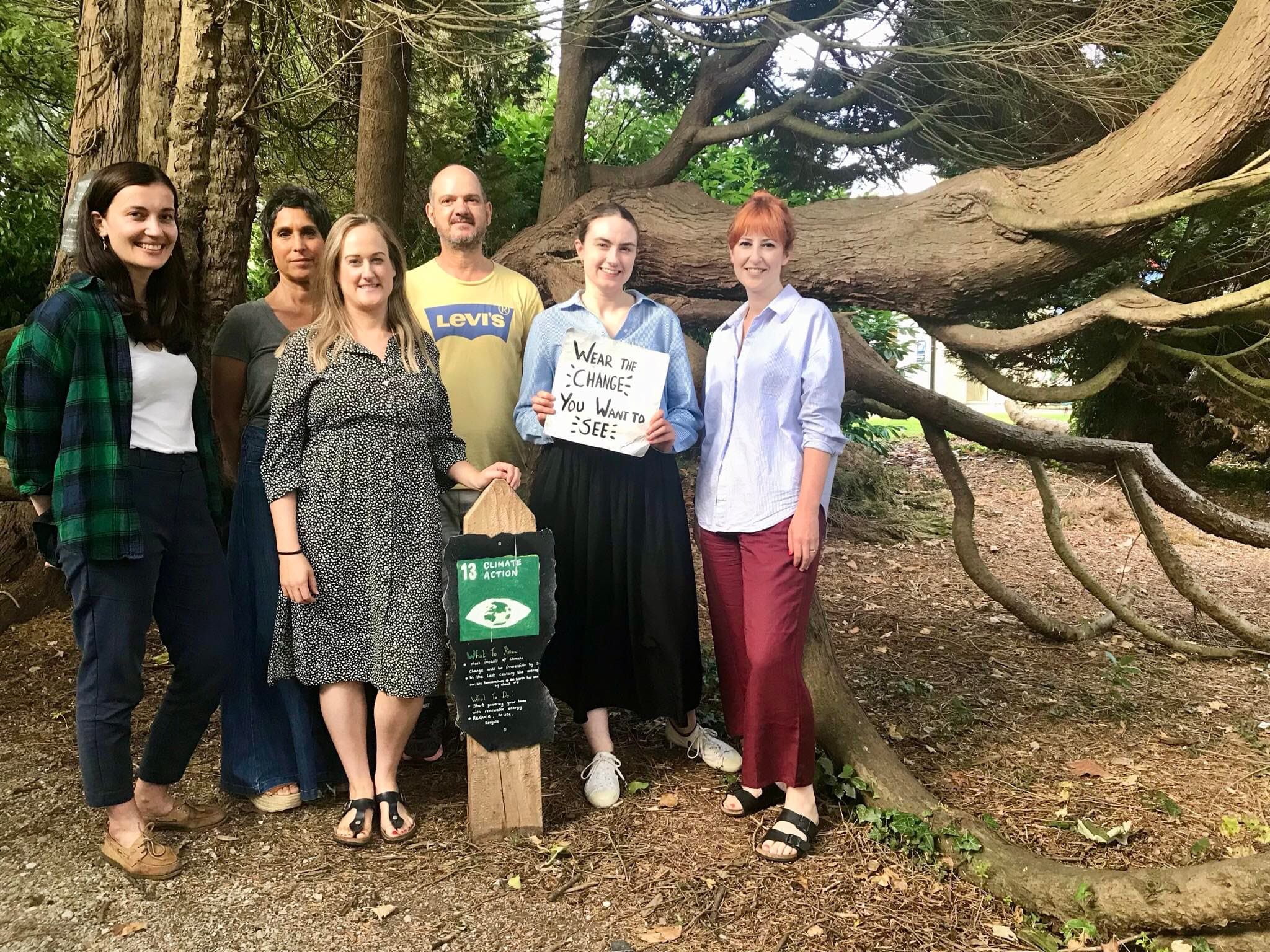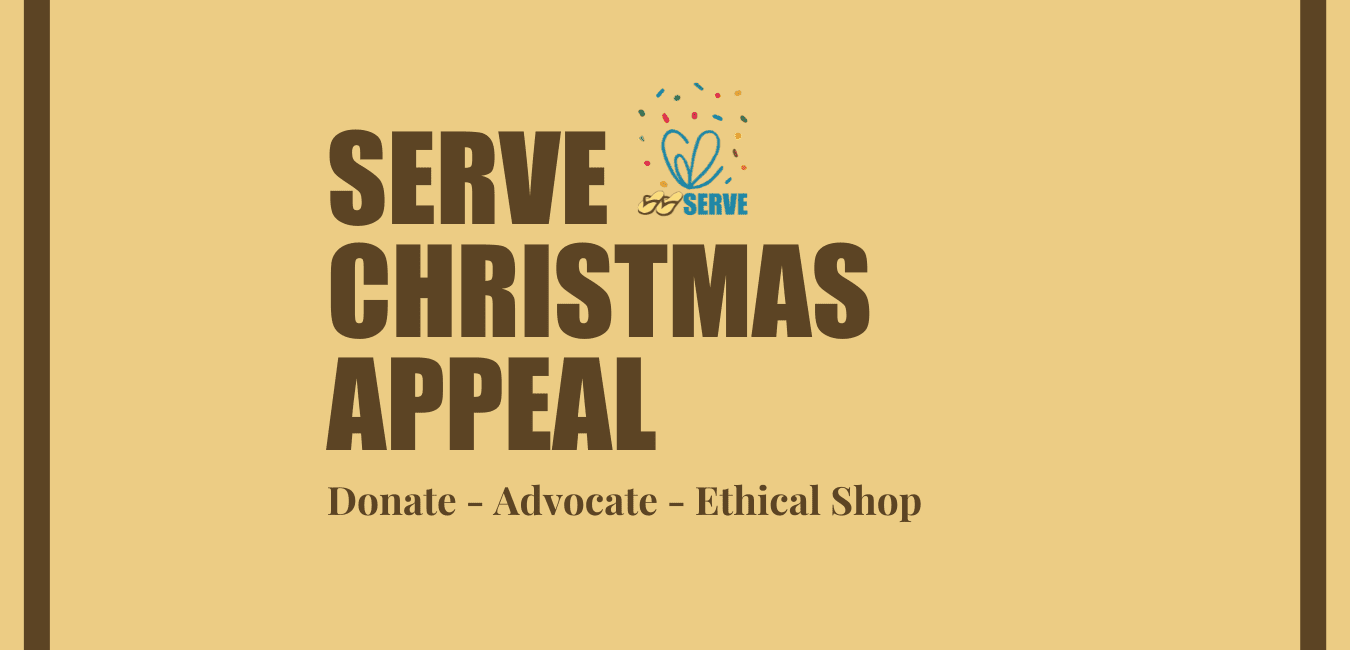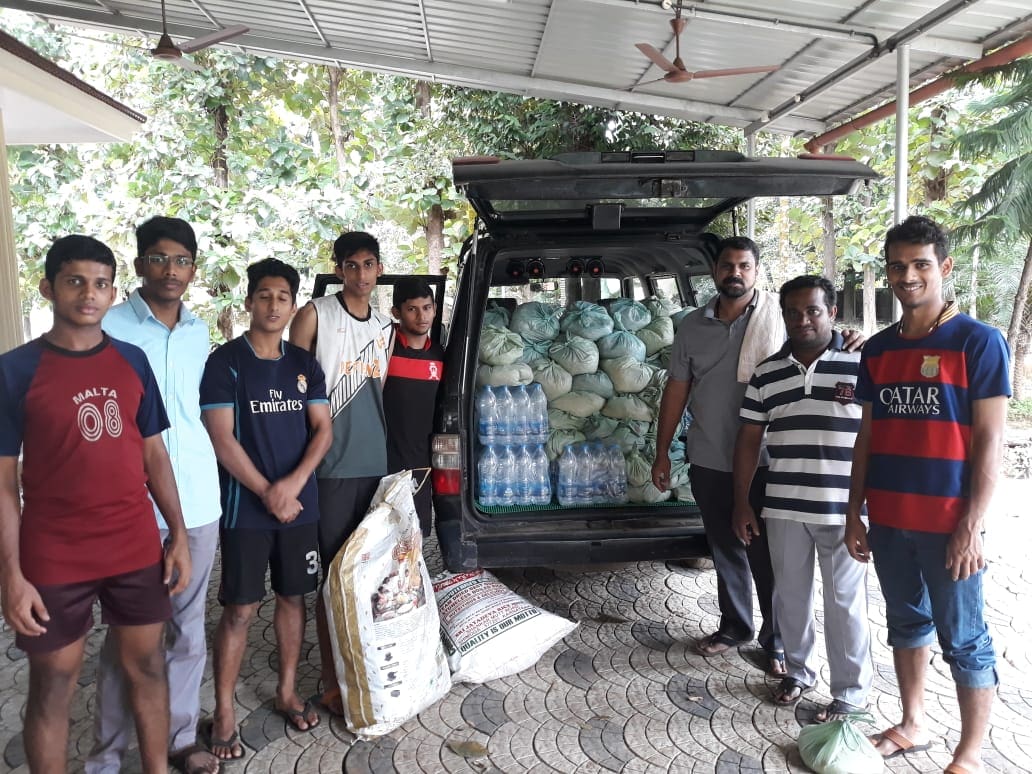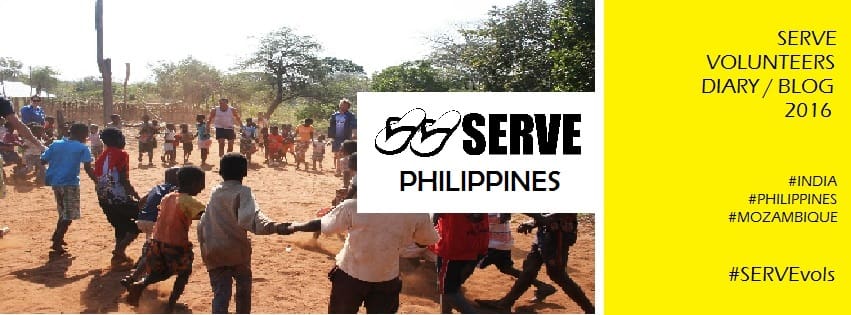Disability in Ireland and India
By Caroline McKenna
Caroline is participating in the Bronze Global Citizen Award. This is her Global Blog from India.
There are 161 million living with a disabling visual impairment. From this, there are 124 million people who are visually impaired. Leaving a staggering 37 million people that are blind across the world; of which 15 million of these people live in India. India has the largest population of people who are blind. The saddest of all is that 75% of these cases could have been avoided. Many become blind due to causes such as malnutrition or poor advances in medical treatment, others are born blind, which is often linked to inter family marriages. There is a huge stigma associated with people with disabilities in India. Often those with disabilities would be neglected and abandoned from their families leaving them on the streets to fend for themselves. Shocking attitudes stem from religious beliefs and societies fear, leaving those with a disability to be victims of discrimination and social exclusion. The impact this has on the child can be potentially dangerous and place a major barrier for those in all aspects of life, including their chance to education. Personally, I feel that education is the key to life. Everyone deserves the right to shelter, love and an education. It is our human rights. Without an education we lose our voices, our freedom and our wisdom.
Organisations such as Jyothi Seva in Bangalore, bring hope and prosperity for all children who attend. Jyothi Seva is a school and home for children who are blind and visually impaired, and provides children with love, protection, shelter and the right to an education. Some of the children that attend Jyothi Seva had been abandoned from their family and left on the street due to their disability. Their only home now is Jyothi Seva, and what a great home that is to have.
Some of these children as well as being blind, possessed other special educational needs and learning difficulties. In society those with disabilities have an onus placed on them to fit and adapt to society. This was sadly reflected in their education system. There was very little evidence of inclusion in schools for those with a special educational need. From research, I discovered that inclusion is something that is at its infancy stage in India and not something really practiced. It is, without legislation such as The Equal Opportunities and Rights of Persons with Disabilities Act 1995 that these children attend school, but education needs to be accessible for all. In countries like Ireland, there is an increased prevalence and emphasises of inclusion in our education system. Through the likes of government policies children with a disability uphold rights to be educated where best fits among those more able. This is just one symptom of the unequal and unjust world in which we live in. Society place an onus on those with disabilities to fit to their surroundings and adaptations. This is also reflected in the classroom. Made aware to me on my current volunteer experience, I was deeply shocked at the language used by many when addressing people with disabilities. It was as if I had got off a plane and landed 20 years back in Ireland. Horrified and shocked when terms such as ‘spastic’, ‘handicapped’ and ‘mentally retarded’ were the norm phrases to use when addressing people with disabilities. This left me feeling frustrated. Often at times, I was challenged by these remarks. However, I reminded myself that it wasn’t that long ago that Ireland and UK were also educating children in the same manner and using terms similar to our Indian friends.
Nowadays, we have policies set in stone to uphold the rights of our students in school. SENDO (2005) ensures duties are placed on the school to insure all aspects of school life are accessible to all children. From the infrastructure of the building and to resources in the classroom, a right to an education is made possible for everybody. However in India, it is much more difficult for children with disabilities to attend school. There are many challenges that they encounter before even getting to the school gates. From the many people we had spoken to in India, they all spoke of the difficulties of living in India with a disability. The chaotic roads filled with rushing traffic, the uneven pavements, the rubbish surrounded on the ground, and the high steps to an ATM machine, were some of the barriers they highlighted. Everyday can be a challenge and leave those with a disability to be dependent on others. As I write this back at home, I reflect on the fear I felt crossing the roads in India, I can only imagine how difficult and daunting it must be for those with disabilities, especially for my friends at Jyothi Seva.
Personally, I feel that in Ireland our roads and streets are much more accessible for those living with a sight impairment. However, on Friday 12th August 2015, CAN, a sight loss campaigning group, held an event called ‘See It Our Way’ in Belfast. The event involved a walk around Belfast City Centre to raise awareness of the problems people who are blind and partially sighted face when walking on the pavements in villages, towns and cities in Northern Ireland. The walk was a short distance, but challenging enough for some, it was stated by the RNIB that our streets in Northern Ireland remain an obstacle for those who are blind/visually impaired. 1 in 3 people in Northern Ireland said they have been injured when walking around their local area. With this, the aim of the event was to raise awareness and help to educate people and bring to their minds to help make the streets in Northern Ireland accessible to all. This demonstrates how we in Ireland still need to work on educating society on how to ensure everyone feels safe on our streets. This was also brought to my attention in India by a teacher in Jyothi Seva, who is also blind. She spoke to myself about how she feels everyone needs to be educated and made aware of the physical disability to help make the streets more accessible.
It’s not only those with a disability who are shone a way from education, but many other factors in developing countries are preventing children from an education. There is still evidence today of prejudice and inequality for women in India to have an education. Advocates for female education, such as Malala Yousafzai offers hope and inspiration for many young girls to learn and educate themselves. Her passion and commitment has brought along a contributing success to tackling MDG 2, – to have all children worldwide to be in school by 2015. For me, Malala represents strength and power for females to raise their voices and be included in education. Her belief is so empowering, Malala and her fund is worldwide and #strongerthanprejudice. Major progress has already been made; 90% of children have achieved primary education, there are however 58 million children still remain out of school. 58 million children, too many. We need to look to get all our children into an education. As a firm believer that education lays the foundation for breaking the continuous cycle of inequality and poverty.
Education is the most powerful gift anyone can receive. We learn and develop in many ways which in empowers us to live our life to each of our successes. Without an education we are limited, in our minds and in our heart. This is reflected in society’s attitudes towards disabilities in India and even in Ireland. Education can help to break down the stigma associated with disabilities. Education can help to make life fair and accessible for everyone across the world. A recent YouTube clip of an American student called Megan Bomgaars uploaded of herself directly speaking to teachers, sums up my final thoughts “Don’t Limit Me.” Take a look at the video yourself!

